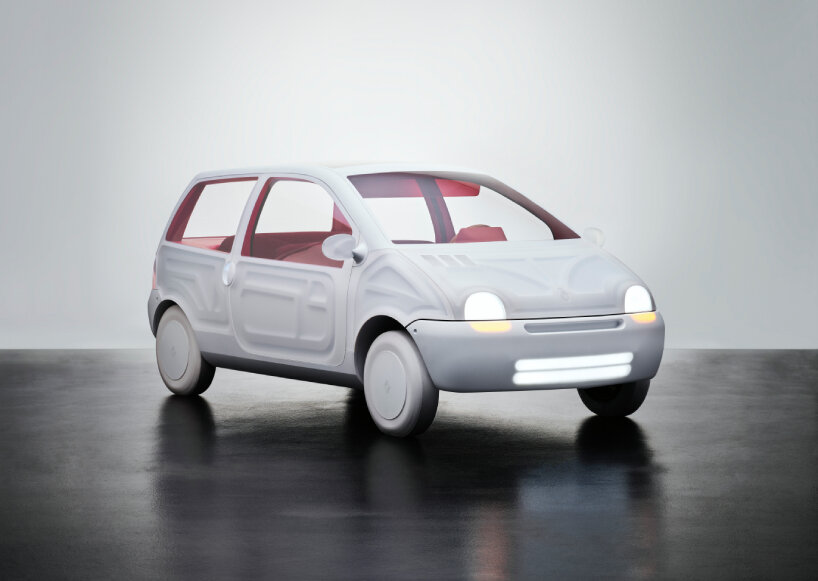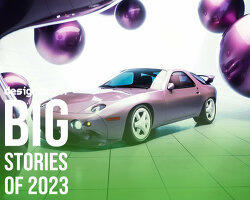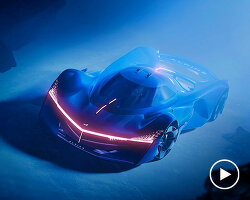
the intention was to keep the exterior devoid of color to bring out the interior’s color

1993 Renault Twingo by Sabine Marcelis
KEEP UP WITH OUR DAILY AND WEEKLY NEWSLETTERS
happening now! stepping into the world of manufacturing company .mdd, operating internationally and producing over one million m² of office furnishings per year.
PRODUCT LIBRARY
our top 10 design product picks of 2023 include playful and thought-provoking solutions, including whimsical furniture and sustainable toilet paper substitutes.
connections: 15
MycoWorks' xavier gallego and YUME YUME's eva korsten walk us through their collaboration and the promising future of mycelium-based fashion.
our exclusive studio visit reveals insights into designworks, its chinese team and projects, and how it shapes design trends and innovations.
connections: +380
friedman benda's new york city gallery explores the influences of south asian and aztec cultures on the early works of italian designer ettore sottsass.
connections: +110
































